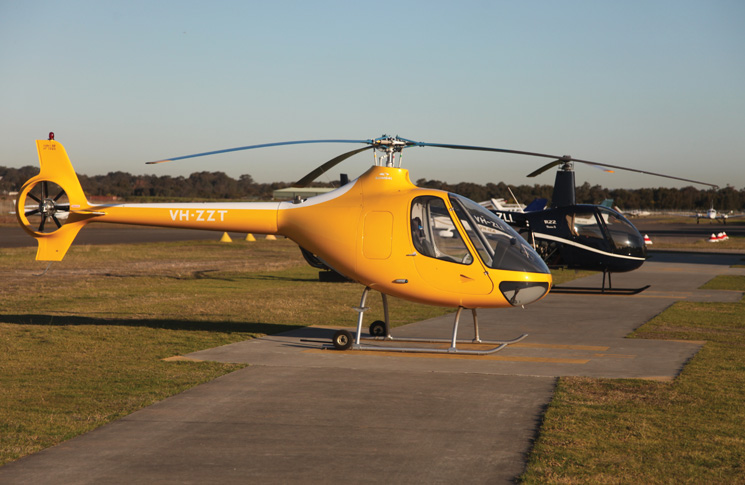1 As the temperature increases, the air density:
- stays the same
- increases
- decreases
2 The density altitude correction is:
- +100 ft per 1 deg C increase
- -100 ft per 1 deg C increase
- +120 ft per 1 deg C increase
- -120 ft per 1 deg C increase
3 With aerodrome elevation 2700 feet, QNH 1008 and temperature 14 °C, what is the pressure altitude at the aerodrome?
- 2700 feet
- 2550 feet
- 2850 feet
- 2800 feet
4 As the density altitude increases, the power produced by a normal piston engine will:
- decrease
- remain the same
- increase
- decrease above full throttle height
5 As the density altitude increases, the power required to drive the main rotor will:
- decrease
- remain the same
- increase
6 When flying a helicopter at a high-density altitude, what should the pilot allow for on an approach?
- no allowances are required
- allow less time to slow down due to lower momentum
- allow more time to slow down due to higher momentum
7 What is the flight condition known as ‘vortex ring state’ and what recovery action is necessary?
- The rotor system is said to have lost all thrust due to strong winds from the left turn into wind.
- The tail rotor has become ineffective due to strong winds from the 10 o’clock position, apply more left pedal.
- The main rotor has become ineffective due to the aircraft descending into its own downwash, only possible in the hover with high rates of descent. The condition known as settling with power is corrected by raising the collective and flying forward into clean air.
- The main rotor has become ineffective due to the aircraft descending into its own downwash, only possible at low airspeeds with moderate rates of descent. The condition known as settling with power is corrected by lowering the collective and flying forward into clean air.
8 When flying a helicopter at a high-density altitude, what is the effect on turn radius?
- no change
- the turn radius increases
- the turn radius decreases
9 A helicopter is in stabilised autorotative flight with full-down collective and at minimum rate of descent airspeed. What will ‘drooping rotor RPM’ to the lower end of the operating range and increasing speed by 15 knots do?
- increase the glide angle
- decrease the glide angle
- have no effect on the glide angle
- require a high-speed touchdown
10 When flying in valleys at a high-density altitude, the pilot should:
- make no extra considerations
- allow more room to turn around
- fly lower in the valleys as the helicopter can hover
11 If the helicopter only has just enough power for an out of ground effect hover, how can a landing be made to minimise the possibility of running out of power?
- conduct a vertical approach and allow ground effect to arrest the rate of descent
- conduct an approach to an open area so the helicopter is entering ground effect before
losing effective translational lift (ETL) - conduct an approach to an open area so the helicopter loses ETL before entering ground effect
12 Which of the following cockpit instruments respond to the rate of roll?
- artificial horizon
- directional gyro
- turn coordinator
- rate of turn indicator
Answers:
- (c)
- (c)
- (c) Given 30 ft per hpa = 5 hpa x 30 = 150 ft + 2700 ft = 2850 ft
- (d)
- (c)
- (c)
- (d)
- (b)
- (b) Drooping RPM (raise collective) and increasing airspeed both extend range.
- (b)
- (b)
- (c) A rate of turn indicator responds to rate of yaw, but the turn coordinator also has a rate of roll input.


